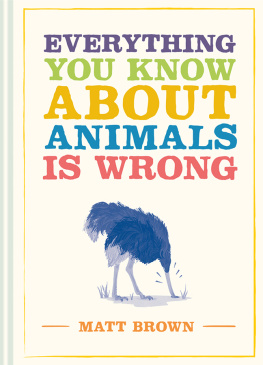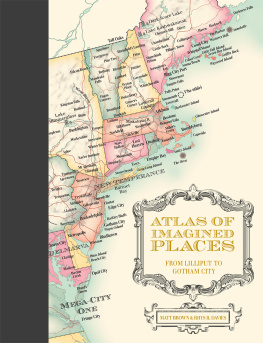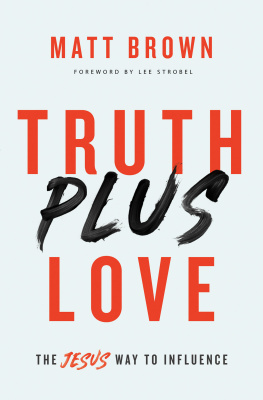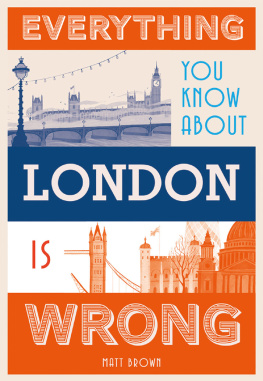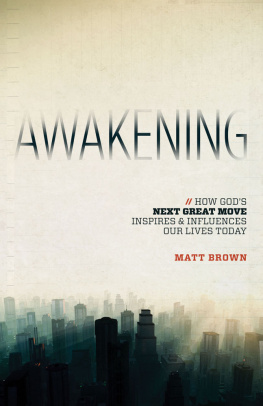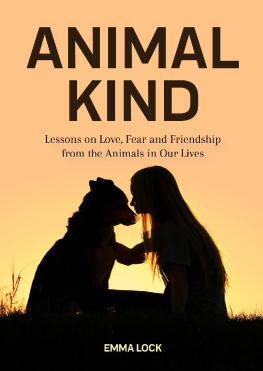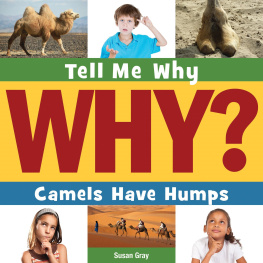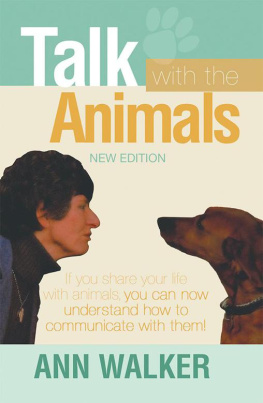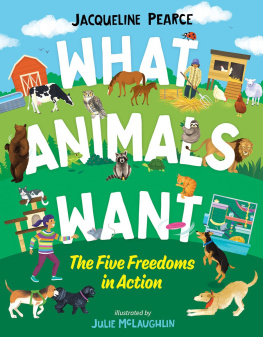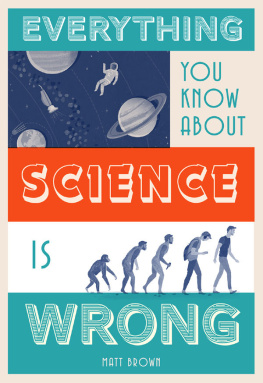Contents
Guide
Everything
You Know
About Animals
is Wrong
Everything
You Know
About Animals
is Wrong
Matt Brown

Contents


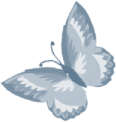

Introduction
Animals are a new thing. Let your time machine take you back to a random moment in Earths history, and you would be lucky to find anything that sniffs, scuttles, breathes or wriggles. Simple life first arose some 3.5 billion years in the past, but our animal ancestors only got going 600 million years ago. Five-sixths of the history of life on Earth lacks animal forms or, indeed, anything more exciting than pond scum. Our kind have flourished somewhat since. The sheer variety of animal life is so overwhelming that no human mind could ever appreciate its full beauty. Beetles alone come in 400,000 flavours, and those are just the ones we know about. If Noah really did construct an ark of all the animals, he must have spent several lifetimes merely taking the register.
Even so, animals represent the merest aliquot from the soup of life. Compared to the unfathomable numbers of bacteria and other microscopic forms, the sum of animal species is vanishingly small. Eight million animal species call this planet home (by outrageously uninformed estimate), of which only 1.5 million have been described. The number is dwarfed by the supposed trillion species of bacteria. Animals might even be considered footnotes in the story of life. We were preceded by microorganisms, we are vastly outnumbered by them now and, in that far-off time when an expanding Sun makes conditions tough for multicellular life, we shall one day cede the planet to their sole possession. You could call it an underdog story.
This is, essentially, a book of animal trivia. But, as with the other books in this series, it is my conceit to turn the usual fact file format on its head by looking at the stuff we all get wrong. Each section starts with a well-known fact, which is then debunked. If you thought that a camel stores water in its hump; that a daddy longlegs is highly poisonous; that goldfish have tiny memories; or that lemmings routinely throw themselves off cliffs, then read on.
Throughout the centuries, people have entertained many unlikely beliefs about animals. Salamanders live in fires. Single magpies bring bad luck. , to draw just a few from an ongoing Western tradition. Then we have the cryptids animals whose existence is assumed by anecdote, if not by science such as the yeti, the chupacabra and the Loch Ness Monster. This unnatural history is beyond the scope of this book, although I may make reference here and there.
We have no need to invoke fantastic beasts. The natural world throws up its own unbelievable concoctions, from moths that live off the tears of birds, to animals that make musical instruments. The tasselled wobbegong, the bone-eating snot-flower worm and the monkeyface prickleback sound every bit as fanciful as a creature of myth. The natural world contains universes within universes, and much remains unexplored.
Sadly, no book about animals can shy away from the growing and widespread threat to the planets fauna. Everywhere we look, habitats are under threat and populations are in decline. Year by year, the advancement of global warming brings new casualties. We are living through the early stages of a new mass-extinction event, like the one that killed off the dinosaurs (and many other animal groups). Only, this time it is human industry and not an asteroid that is reaping havoc. Ive chosen to make this book a celebration of the wonders still bountiful in the natural world, rather than a 150-page lament on what might be lost, but a tone of impending calamity must creep in here and there.
Finally, theres one well-known animal whose biology doesnt feature much in this book. For the myths and misconceptions concerning our own species, Homo sapiens, see the previous volume Everything You Know About the Human Body is Wrong (2018).
Let the nitpicking begin!
FOOTNOTE: Just to confuse matters, those last two are also the names of real, less fearsome animals.
Animals must move, breathe and possess a head
Are insects really animals? I hear that a lot. Creepy crawlies are often perceived as something apart from the animals. Its our mammalian bias in action. For many of us, the word animal conjures up images of hairy, four-legged creatures, like dogs, cats, sheep and horses. Well agree that frogs, birds, snakes and the like are also animals, though somehow on a second tier of animal-ness. Fish occupy a murky place, both physically and in our reasoning. Most of us will allow that fish are animals if we think about it, but theres a temptation to put them in some other, inferior category.
Insects are even more alien to our sensibilities. They look nothing like us. Six writhing legs, antennae, compound eyes, larval stages, to say nothing of their tiny dimensions. Small wonder that we dont, in the everyday sense, regard them as animals at all. Yet the merest mite is a subject of the animal kingdom just as surely as the most walloping whale. Indeed, insects make up about two-thirds of all animal species. It is us mammals who are the outliers. Of the 1.5 million animal species known to science, only 69,000 have some form of backbone, of which just 5,450 are mammals. The proper animals that lick or bark or prance around on four paws represent just 0.4 per cent of the known animal kingdom, and a still smaller percentage if we estimate the number of as-yet unknown species. To a close approximation, mammals dont exist.
Insects and their friends are bona fide animals. Whats more, when we explore the wider kingdom of animals, insects begin to look like close cousins. At least they have heads (in the adult stage boundaries blur with grubs). Many familiar creatures, including jellyfish, starfish and sea cucumbers, lack anything that might convincingly resemble that body part.
Spread the net wider and we find still stranger beasts. Sponges and coral look like exotic forms of plant. They have no heads, no limbs, no brain. They lack even symmetry. Our instinct is to lump them in with the decidedly asymmetric plants. But they are animals, albeit very peculiar animals. Pass a sponge through a fine sieve and it will disintegrate into its constituent cells. Leave these cells alone for a while and they will reassemble back into a sponge. Try doing that with a monkey.
Bryozoans look still less like animals. Many grow into branching, frond-like clusters, easily mistaken for seaweed or other types of plant. The greater horn wrack (Flustra foliacea), commonly found on North Atlantic beaches, not only looks like seaweed, it even smells of lemon. It is an animal or rather a colony of animals, since bryozoans typically club together in their thousands to form larger structures. Weirder still is the

